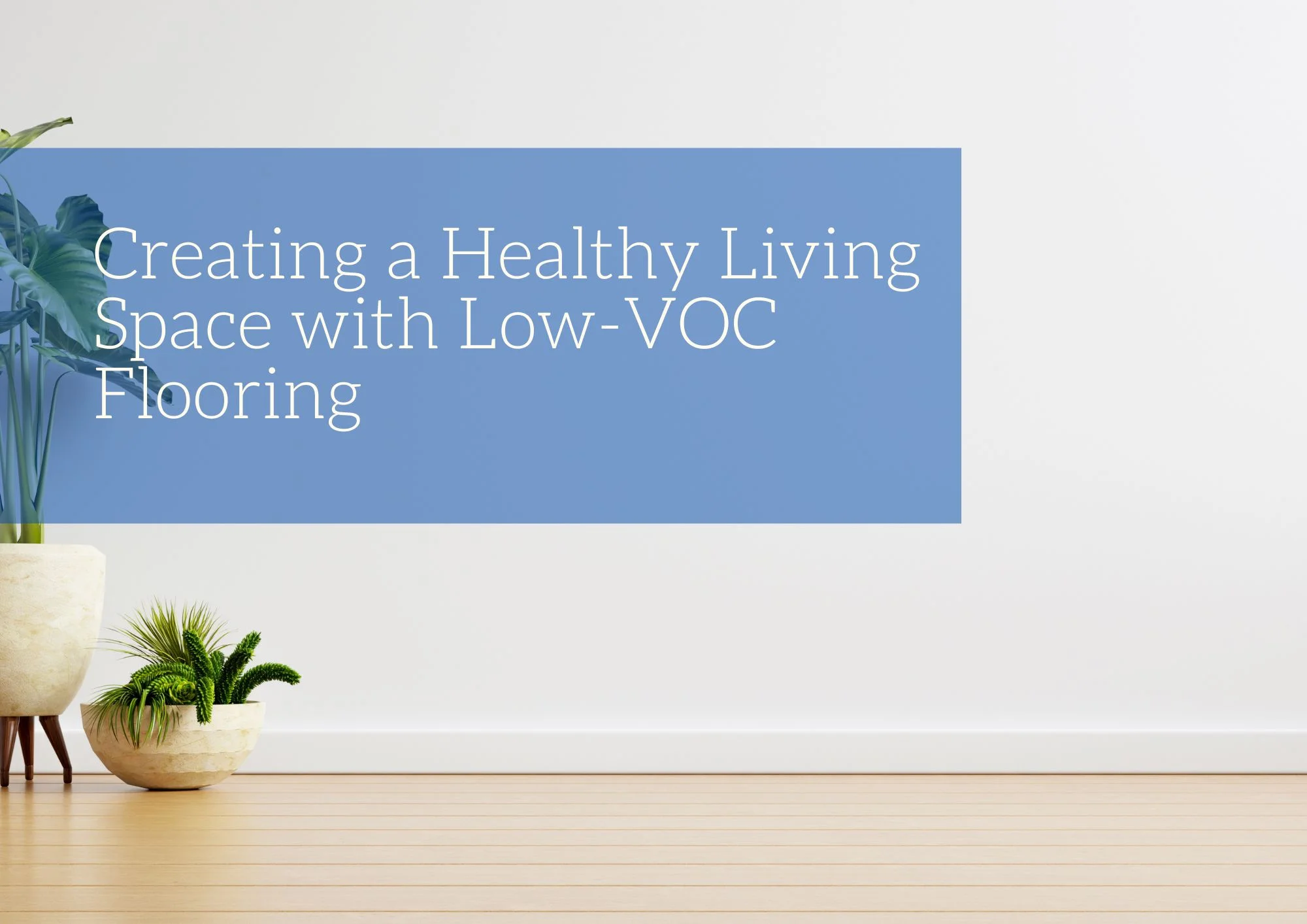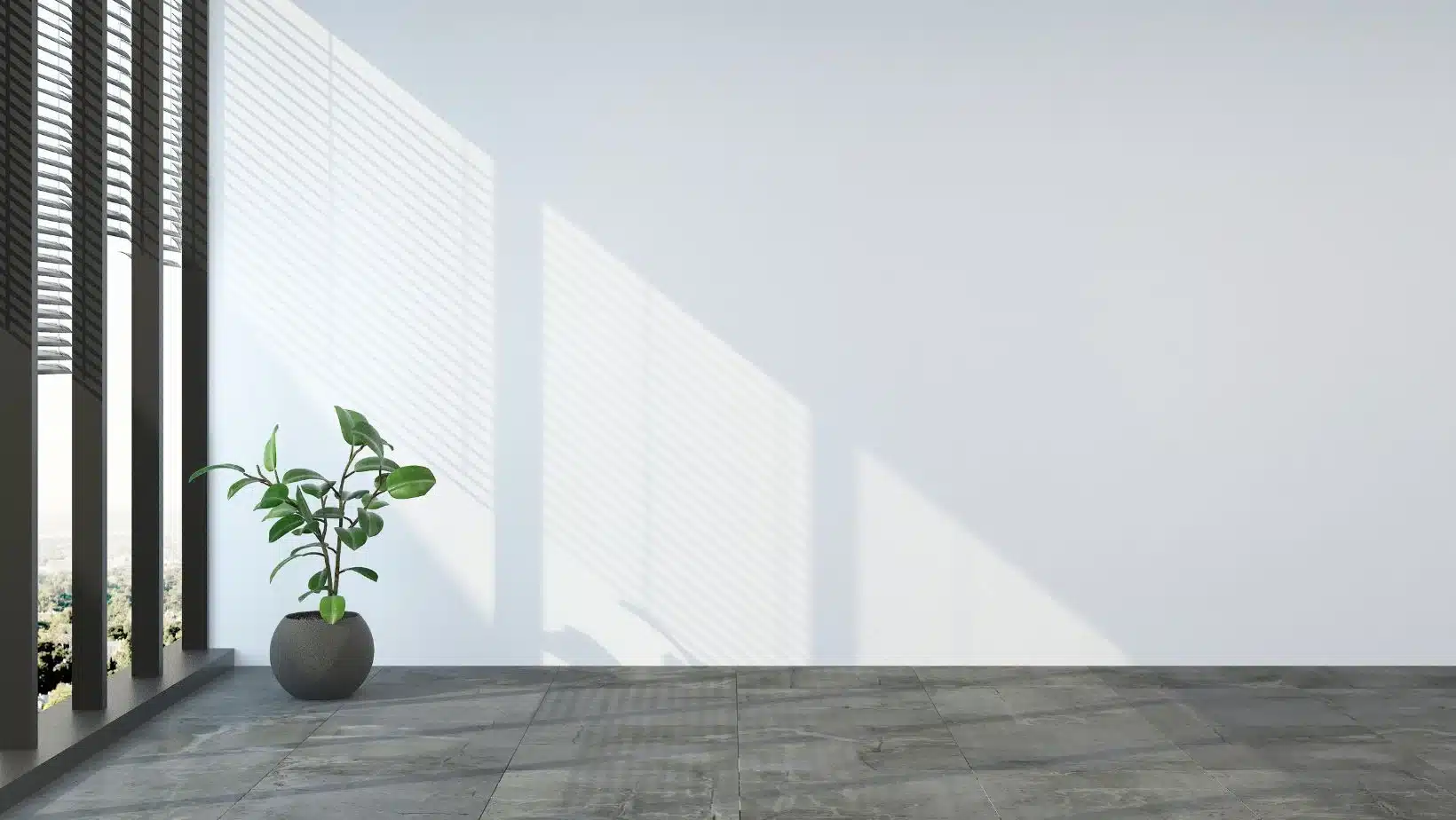Choosing the right flooring is not only about aesthetics and durability but also about creating a healthy indoor environment. Volatile Organic Compounds (VOCs) are chemicals emitted as gases from certain solids or liquids, including many traditional flooring materials. These VOCs can contribute to indoor air pollution and potentially cause health issues ranging from respiratory irritation to long-term health effects.
Understanding Volatile Organic Compounds (VOCs)
Volatile Organic Compounds (VOCs) are gases released into the air by various products. These compounds can be harmful on their own and can also interact with other chemicals or gases to create additional pollutants.
VOCs are commonly found in stains, varnishes, adhesives, and finishes in flooring materials. Natural materials like solid wood or hardwood floors are often classified as ‘low-VOC’ due to their minimal emissions. High levels of VOC exposure can pose significant risks to environmental and human health.
What is Off-Gassing?
Off-gassing is the process by which hazardous substances are released into the atmosphere from various materials. A common example is the smell of wet paint, which occurs when chemicals in the paint evaporate into the air.
While some odors and vapors are harmless to human health, others, especially those containing toxic compounds or pollutants, can have serious adverse effects. This makes understanding and mitigating off-gassing crucial for maintaining a healthy indoor environment.
Understanding Low-VOC Flooring
Low-VOC flooring refers to materials that emit fewer volatile organic compounds compared to standard flooring options. These materials are manufactured with a focus on reducing or eliminating harmful chemicals, making them a healthier choice for your home environment.
Benefits of Low-VOC Flooring
- Improved Indoor Air Quality: Low-VOC flooring helps maintain cleaner indoor air by minimizing harmful emissions.
- Reduced Health Risks: Choosing low-VOC options can reduce the risk of respiratory issues, allergies, and other health problems associated with indoor air pollution.
- Environmentally Friendly: Many low-VOC flooring materials are made from sustainable and renewable resources, contributing to a healthier planet.
- Durable and Stylish: Low-VOC flooring options are available in a variety of styles, colors, and materials, ensuring you can find a solution that suits your aesthetic preferences without compromising on quality.
Best Low-VOC Flooring Options
Engineered Hardwood Flooring
Featuring a multilayer design with a moisture-resistant core and a thick veneer of real hardwood, engineered hardwood flooring is a modern alternative to traditional solid wood flooring. This flooring option combines the aesthetic appeal and authenticity of natural wood with enhanced durability and sustainability. Engineered hardwood reduces reliance on old-growth forests and lowers greenhouse gas emissions by using faster-growing pine or scrap wood for the core. Additionally, its robust construction offers superior resistance to moisture and temperature changes, making it a practical and eco-friendly choice for those seeking the benefits of contemporary engineering in their hardwood flooring.
Tile Flooring
Floor tiles are among the cleanest and safest flooring solutions for homes. Ceramic tiles are crafted by firing a blend of clay, finely powdered sand, and feldspar in a kiln. However, once a glaze is applied, tiles can become more hazardous. When purchasing tiles, it’s essential to check the lead and resin content of the glazes and opt for non-toxic glazes with the FloorScore mark. If you have tiles with high VOC content, you can use low-VOC refinishing glazes to help reduce emissions. Additionally, consider the labels on mortar and grout before installation, as these products can contain a significant amount of volatile organic compounds. Ceramic and porcelain tiles are standout choices for low-VOC flooring solutions, combining elegance, durability, and eco-friendliness. These tiles do not harbor mold, which helps maintain good air quality.
Stone Flooring
Stone flooring is an outstanding choice for those seeking both elegance and environmental responsibility in their home. Natural stone flooring, such as marble, granite, and slate, inherently contains minimal volatile organic compounds (VOCs), making it a healthier option for indoor air quality. When selecting stone flooring, it’s crucial to choose low-VOC sealants and adhesives to ensure that the entire installation process remains environmentally friendly. Stone flooring is highly durable, easy to clean, and resistant to mold and bacteria, which further contributes to a healthier living space.
Bamboo Flooring
Bamboo flooring offers a sustainable and stylish solution for homeowners concerned with indoor air quality. Bamboo is a fast-growing, renewable resource that can be harvested without damaging the plant, making it an eco-friendly flooring option. This type of flooring naturally has low emissions of volatile organic compounds (VOCs), contributing to a healthier living environment. To ensure the lowest possible VOC levels, it’s important to choose bamboo flooring with low VOC adhesives and finishes. Bamboo flooring is known for its durability, resistance to moisture and pests, and its sleek, contemporary look.
Cork Flooring
Low VOC cork flooring stands out as a premier choice for homeowners seeking to create a healthy and environmentally conscious living environment. Sourced from the bark of the cork oak tree, cork flooring is harvested in a sustainable manner that allows the tree to regenerate its bark, making it a renewable and eco-friendly option. This natural material inherently emits minimal volatile organic compounds (VOCs), contributing to improved indoor air quality and ensuring a healthier home environment. Its unique texture and aesthetic appeal lend a warm and inviting ambiance to any room, making it a versatile choice for various interior design styles. Whether used in living areas, kitchens, or bedrooms, low-VOC cork flooring provides a durable, stylish, and sustainable flooring solution that supports both environmental stewardship and modern living needs.
Creating a healthy living space with low-VOC flooring is beneficial for both your family’s well-being and the environment. By choosing flooring materials that emit fewer harmful chemicals, you can enjoy cleaner indoor air and reduce your carbon footprint. Whether you prefer the natural warmth of bamboo, the resilience of cork, or the versatility of vinyl, there are low-VOC options available to suit every home and lifestyle. Invest in your health and sustainability by making informed choices when selecting flooring for your living space.











